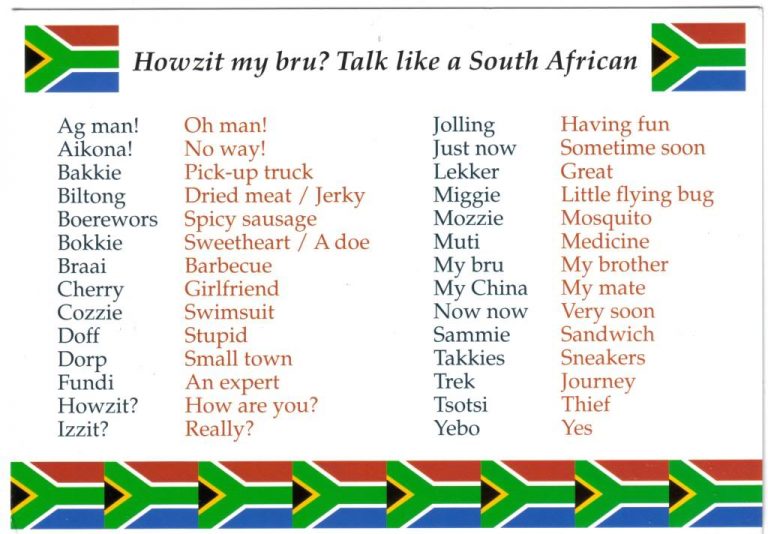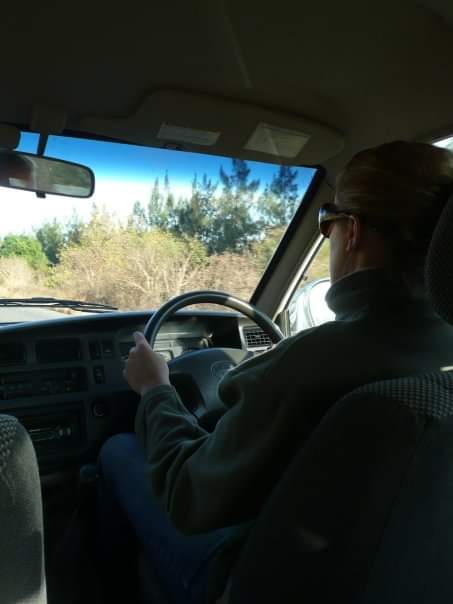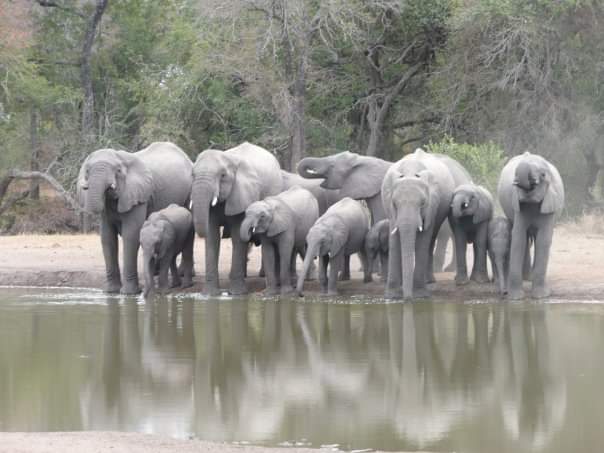There is a saying that goes “You can take the South African out of Africa, but you cannot take the Africa out of a South African.” I can confirm that this is indeed true.
For the next couple of weeks, I will be sharing my South African adventure with you. I will add some tips and tricks to not only motivate you to visit this beautiful country, but also prepare you for what South Africa is all about!
After two years of postponing flights and dodging Corona, I was finally home and flying into Cape Town and spotting Table Mountain was the perfect highlight to the end of a twelve hour, uncomfortable, sardine tin filled flight!
Cape Town is known as the Mother City and therefore could also not have said it better! “Welcome to the Mother City”! Yes, it was good to be home!
From here on out, my road to home was not yet over.
My journey would take me from the beautiful city of Cape Town with its bustling streets and friendly people, to a small coastal village named Still Bay.
Still Bay, also known as the “Bay of Sleeping Beauty” , is a town along the southern coast of South Africa about four hours by car from Cape Town in the Western Cape Province.
Still Bay is host to a number of interesting archaeological sites, including ancient fish traps thought to have been built by early ancestors of the Khoi people of the Southern Cape, and a shell landfill that has been carbon dated to around 1000 BC.
Several concentrations of ancient inter-tidal stonewall fish traps are found on the Hessequa coast, some of which can be seen at the western beach area and Skulpiesbaai, Still Bay.
One of the easiest ways of harvesting fish in ancient times, would have been gathering those stranded in natural tidal pools. This would happen after the turn of the tide.
Most of the ancient fish traps are shaped in a half moon and vary in size. Early cage dwellers noticed that fish got caught in the natural tidal pools as the tide receded. The seaward side slopes gently to make it easy for the fish to swim into the trap. The internal face is vertical and clear of debris and sift. The Fish are trapped in the pools as the tide goes out . It is then an easy matter to remove the fish from the almost dry trap.
Another archaeological site is situated in a group of caves at Blombos cave, about 12 kilometres from Still Bay. Artifacts found at Blombos have been carbon dated to around 77,000 BP, making it the oldest known human settlement today.
After a day of interesting history, museums and artifacts, it was time to dive into something a little different. Feeding eels!
The freshwater eels at the Still Bay Information Bureau are the only tame eels in the country and have apparently been living there for the past 125 years! I did not take the opportunity to feed them myself, but rather enjoyed my cozy spot on the grass while they snacked on chicken livers!
With a schedule so jampacked, one often needs a bit of a snack! The solution…BILTONG!
One can never say no to Biltong! With a wide variety to choose from (dried sausage, beef biltong, ostrich biltong and many more), one will never go long without the opportunity of buying some fresh Biltong from the local butcher or farmer.
What is Biltong?
Biltong is a form of dried, cured meat that originated in Southern African countries (South Africa, Zimbabwe, Malawi, Namibia, Botswana and Zambia.)
Various types of meat are used to produce it, ranging from beef to game meats such as ostrich or kudu. The cut may also vary, either fillets of meat cut into strips following the grain of the muscle, or flat pieces sliced across the grain. It is related to beef jerky in that they are both spiced, dried meats; however, the typical ingredients, taste and production processes differ.
After a perfect snack, it was the perfect time for a stroll on the beach! What an amazing beach Still Bay has to offer. With pristine beaches and beautiful waters, this beach is also a protected area. People are very focused on keeping their beach(es) clean, litter free while also protecting sea and wild life.
First, I met up with some Blue Bottles, who as a child, used to make swimming in the sea a very painful experience. With their stinging tentacles hidden under the sand, they may come across as being polite and friendly, but don’t be fooled! They pack quite a sting!
Not far away, I caught Mr and Mrs Slug with their Slug family, doing what they do best… EATING! These cute little slugs dig themselves just below the surface of the sand and are found at the waterline. They are mostly only seen when food is readily available or when the tide disturbs their sandy hideouts. On this particular day they were eating away at a piece of fish.
I was heading home when all of a sudden I spotted a tortoise crossing the road. Thankfully, in the Still Bay area, it is perfectly normal and acceptable to stop your car, switch your hazards on and give wild life right of way.
I had the opportunity of saving this little guys life after he just couldn’t cross the road fast enough! Needless to say, I named him Billy the tortoise and sent him on his way!
Feeling a bit peckish, but run out of Biltong? This is the perfect time to try out some local (to the area) food. Even though a traditional South African braai (bbq) would be very high up on the list of choices, one cannot pass by the opportunity of trying some freshly caught and prepared fish and calamari.
Freshly caught, same day fish and calamari have a texture and taste that cannot be described other than heaven in your mouth! With a slice of lemon and some tartare sauce on the side, one can never go wrong!
What an amazing first week I’ve had in Still Bay so far! Stay tuned for “My South African adventure Part 2” which will be heading your way next week!
For now, I will leave you with a bit of South African slang!























 . Have a good time in your hometown
. Have a good time in your hometown  .
.







